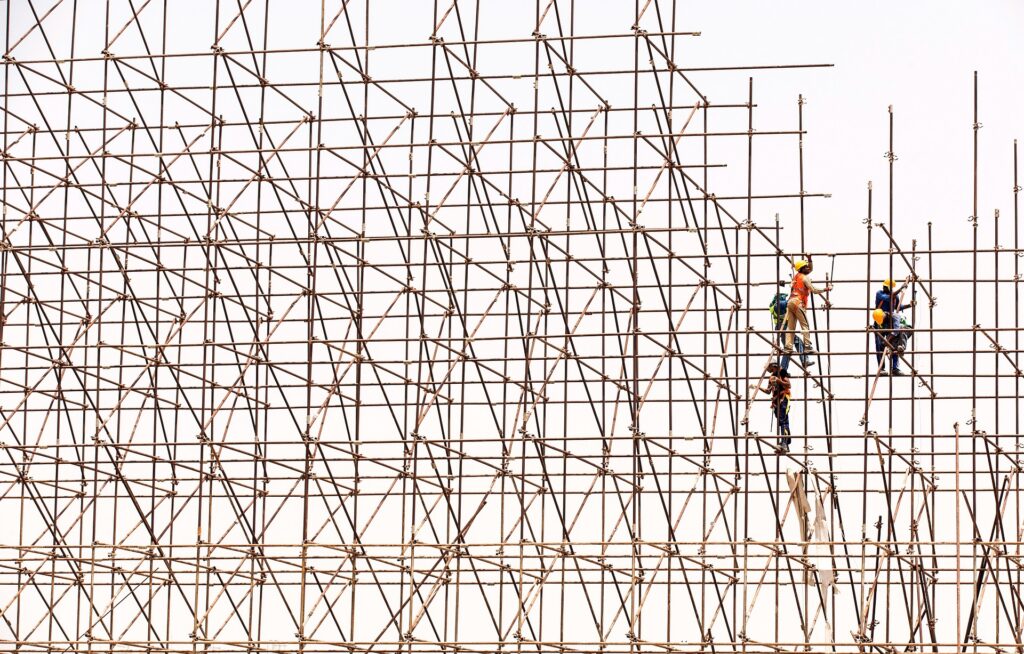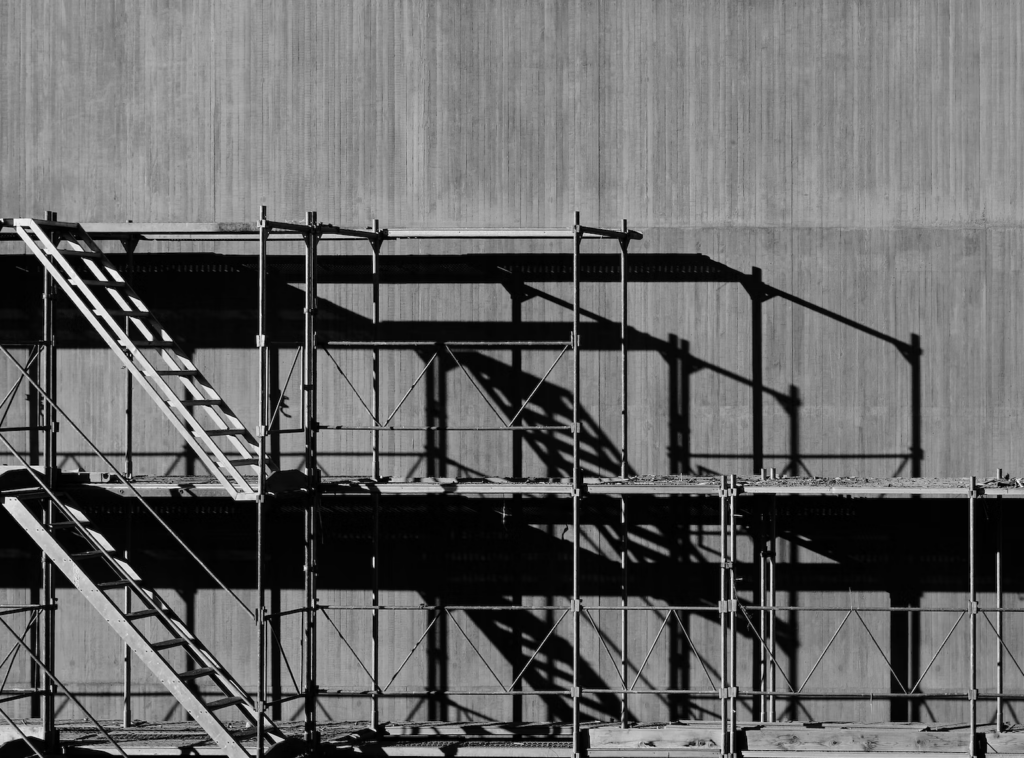What are Supplementary Angles?

Angles are everywhere, whether we see them or not. Supplementary angles are just one of many types of angles out there that hold up our world.
Unlike acute and obtuse angles, the term “supplementary” refers to not just one but several angles, all next to each other. For a set of angles to be supplementary, all angles must add up to 180 degrees. Supplementary angles can be made of both acute and obtuse angles.
Supplementary Angles vs. Complementary Angles
While the sum of all supplementary angles must equal 180 degrees, the sum of all angles within a complementary angle must equal 90 degrees. Thus, two right angles can be supplementary to each other as long as the line separating them is perpendicular to a straight line.
Since supplementary angles can be composed of more than two angles, you could end up with complementary and supplementary angles in the same structure.
Examples of Supplementary Angles
The sum of all angles that make up a supplementary angle must equal 180 degrees. When calculating the size of an angle opposite another, use the formula [X + Y = 180].
Here are some examples of supplementary angles:
- 90 + 90 = 180
- 60 + 30 = 180
- 75 + 105 = 180
- 90 + 20 + 70 = 180
- 45 + 35 + 28 = 180
Supplementary Angles in Real Life
In real life, supplementary angles are everywhere. Walls usually run perpendicular to floors, and chair or table legs sit at different angles against floors as well. Cutting something into circular slices creates many sets of supplementary angles.
One of the best ways to spot a supplementary angle in real life is to look for scaffolding or bridges. They use tons of supplementary angles to create structural support.

Image source: https://unsplash.com/photos/EqUFBrTIdeE
Image description: A set of metal scaffolding with stairs. Notice how the supports form both right and supplementary angles against the metal. The stairs also create supplementary angles with the flooring of the scaffold.

Image source: https://unsplash.com/photos/XG8BPhYhLHc
Image description: An old railroad bridge. It uses several parallel beams to create a base and perpendicular ones to shape the skeleton. Beams set at various angles create triangles within the structure to keep it sturdy after many years.
Example Problems:
Here are some examples of problems that involve supplementary angles. Feel free to try them at your leisure.
Question 1
Two lines meet a ray, creating an isosceles triangle. The two equal angles measure 40 degrees. How big is the third angle?
Answer: 100 degrees
Question 2
A signpost leans 5 degrees to the left when it should be perpendicular to the ground. What are the new measures of each angle?
Answer: 95 degrees, 85 degrees
Question 3
Throckmorton wants to cut his pizza into eight equal slices. He first makes one horizontal cut and then a vertical cut perpendicular to the first one. What should he do next?
Answer: He cuts a line that bisects the right angle.
Example Problems, Hard Mode:
Question 1
A four-way intersection consists of one road that is bisected by another. The upper left corner of the intersection is 76 degrees. Find the other degree measurements of each intersection.
Answer: 76 degrees, 104 degrees, 104 degrees
Question 2
The Department of Transportation needs to repair a stop sign that has been hit by a car. The sign is currently tilted 60 degrees backward. How far will the workers have to adjust the sign, so it is perpendicular to the ground?
Answer: 30 degrees
Question 3
Two parallel lines bisected by a ray create one angle that is 34 degrees. If you were to make a right triangle with lines perpendicular to the parallel ones, what would the last angle be?
Answer: 56 degrees
Written by Prep Expert
More from Prep Expert

Essential Test-Taking Strategies for Multiple Choice Exams
Some students breathe a sigh of relief when they hear that a test will be multiple choice. However, multiple choice…

Why Grade Inflation Will Bring Back Test Scores In College Admissions
The average GPA for high school students in the United States is at an all-time high. However, research indicates that…

Digital SAT vs Digital ACT
Choosing between the SAT and ACT has always been a difficult task for high school students. With the recent announcements…